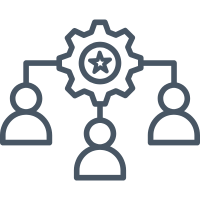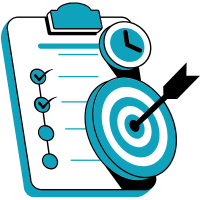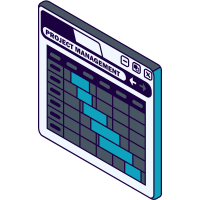Engineering Management V: Connecting the dots

Every engineering manager starts with the same instinct: to solve problems. It is what made you good as an engineer, and what first earned you trust as a leader. But as your scope grows, the definition of what it means to solve problems must change. Your role is no longer to fix issues directly, but to ensure the team can fix them without you.








